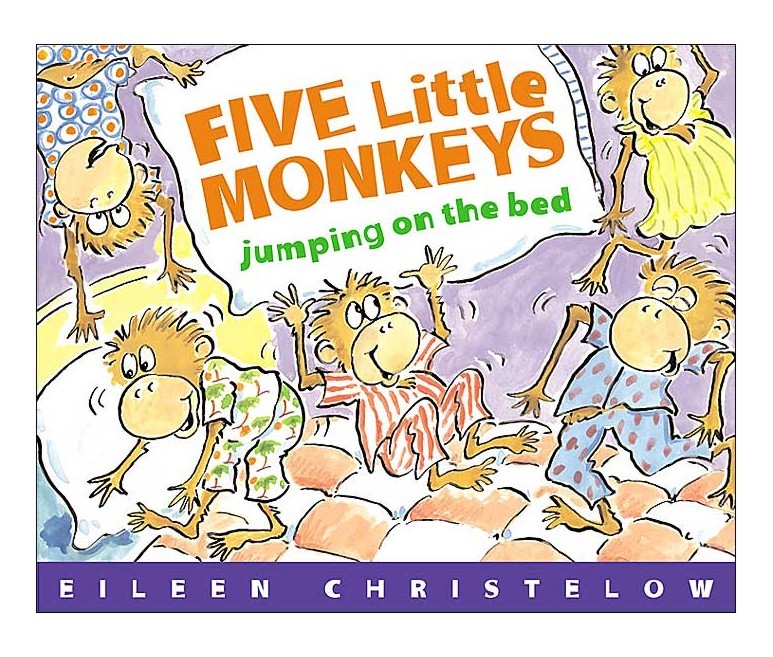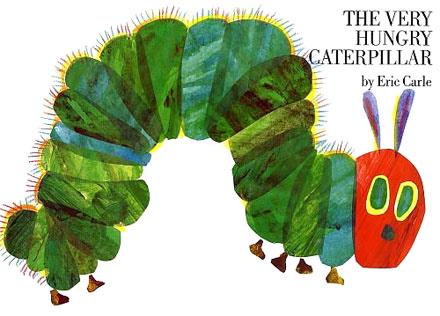In class last week we read a book and talked about the math concepts that could be found in the book we were reading. It is important as a teacher to recognize these connections and be able to use them in the classroom. If a book teaches math, students will be learning math skills while at the same time developing their reading, listening, and comprehending skills. At the same time, if there is a story to go along with concepts like addition, students are probably going to be much more likely to retain the knowledge they learn about the concept. That seems to be much more beneficial than simply handing students a worksheet.
So, I decided to look into what other books could be used in elementary classrooms to teach math concepts.
Here were some of my favorites:
So, I decided to look into what other books could be used in elementary classrooms to teach math concepts.
Here were some of my favorites:
Five Little Monkeys Jumping On The Bed, by Eileen Christelow.
This was one of my favorite books growing up! In this book there is repetition and pattern in the words, and there is also subtraction involved. They start out with 5 monkeys on the bed, and one falls off of the bed and bumps his head and has to go to the doctor. Then there are 4 monkeys, and one falls off the bed....you get the picture. The monkeys continue to fall off the bed, one after another, and each time one falls there are less of them left on the bed. This book displays subtraction in a manner simple enough for children to understand, and very subtly. At the same time is a good book and a favorite to many children because of the repetition of words and the predictability of the story. Even very young children can catch on to this book quickly because of the repetition!
This was one of my favorite books growing up! In this book there is repetition and pattern in the words, and there is also subtraction involved. They start out with 5 monkeys on the bed, and one falls off of the bed and bumps his head and has to go to the doctor. Then there are 4 monkeys, and one falls off the bed....you get the picture. The monkeys continue to fall off the bed, one after another, and each time one falls there are less of them left on the bed. This book displays subtraction in a manner simple enough for children to understand, and very subtly. At the same time is a good book and a favorite to many children because of the repetition of words and the predictability of the story. Even very young children can catch on to this book quickly because of the repetition!
The Very Hungry Caterpillar by Eric Carle
Once again, one of my childhood favorites! This one is especially fresh in my mind because the 3 year old I nanny for has been asking to read this one a lot lately. In this book, the caterpillar starts small but eats his way through food item after food item(and some non-foods) until he is a fat caterpillar ready to become a butterfly. Along the way he eats through multiple numbers of certain foods, making this book very good for addition and counting. Also, the book has holes in the pages though each of the food items, which children find fascinating. This book is very good for addition and counting!
Once again, one of my childhood favorites! This one is especially fresh in my mind because the 3 year old I nanny for has been asking to read this one a lot lately. In this book, the caterpillar starts small but eats his way through food item after food item(and some non-foods) until he is a fat caterpillar ready to become a butterfly. Along the way he eats through multiple numbers of certain foods, making this book very good for addition and counting. Also, the book has holes in the pages though each of the food items, which children find fascinating. This book is very good for addition and counting!
Reflection: This post was not so much about doing math, but more about finding math in things that already exist. I found many other children's books that involved math, but decided to only write about these two for now. It was cool to see how math is so much more present than we realize. These books were two of my favorites growing up, but at the time I would have never thought about what math skills I was learning from the book. They were just books that were easy to read. I think it is very important for teachers to teach math using books some of the time for younger grades in elementary at least because it not only makes it more interesting, but it puts the numbers in more context of real life situations some of the time. This helps students to be able to categorize and interpret the information better, and it probably helps them to retain it as well!


 RSS Feed
RSS Feed